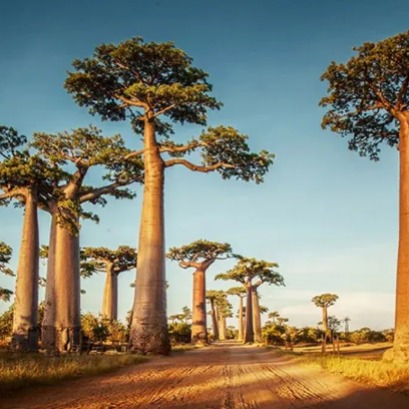
India consigue un nuevo récord guiness de reforestación
En la India 1,5 millones de voluntarios plantaron en tan sólo 12 horas más de 66 millones de árboles como parte de una campaña ambiental sin precedentes.
En la India 1,5 millones de voluntarios plantaron en tan sólo 12 horas más de 66 millones de árboles como parte de una campaña ambiental sin precedentes. Observadores internacionales supervisaron esta proeza, y se espera que confirmen si establece un nuevo récord Guinness de reforestación esta semana
El domingo 2 de julio, cada voluntario plantó un promedio de 44 arboles cada uno a lo largo del río Narmada en el estado central de Madhya Pradesh. El récord anterior también se estableció en la India, cuando los voluntarios en el estado de Uttar Pradesh establecieron un récord mundial al plantar más de 50 millones de árboles en un solo día en julio de 2016.
En otro lugar del país, los voluntarios en el estado de Kerala plantaron más de 10 millones en 24 horas en junio de este año y Maharashtra está programado para plantar 40 millones a finales de este año como parte de la campaña nacional de reforestación. La deforestación en la India es un problema creciente con su creciente población de 1.000 millones de personas que necesitan más tierras agrícolas y viviendas.

IT MAY INTEREST YOU
 Pablo Ruival will continue in front of Afoa until 2027 and ratifies forest-industria as a development engine for Argentina
Pablo Ruival will continue in front of Afoa until 2027 and ratifies forest-industria as a development engine for Argentina
The Argentine Forest Association (AFOA), an institution with almost 80 years of experience and representation of producers, companies, professionals, students and actors linked to the forestry sector, carried out its assembly of authorities for the 2025-2027 period.
 The tree that retains more water in the world: stores up to 120,000 liters inside
The tree that retains more water in the world: stores up to 120,000 liters inside
With its imposing trunk and capacity to store water, this tree is a symbol of adaptation and survival in the most extreme environments on the planet.
 Since 2,000 were not enough, he planted 130,000 trees: he challenged the desert and turned it into an oasis
Since 2,000 were not enough, he planted 130,000 trees: he challenged the desert and turned it into an oasis
Its story is a testament to the human capacity to transform the environment through conscious action and respect for nature.





















